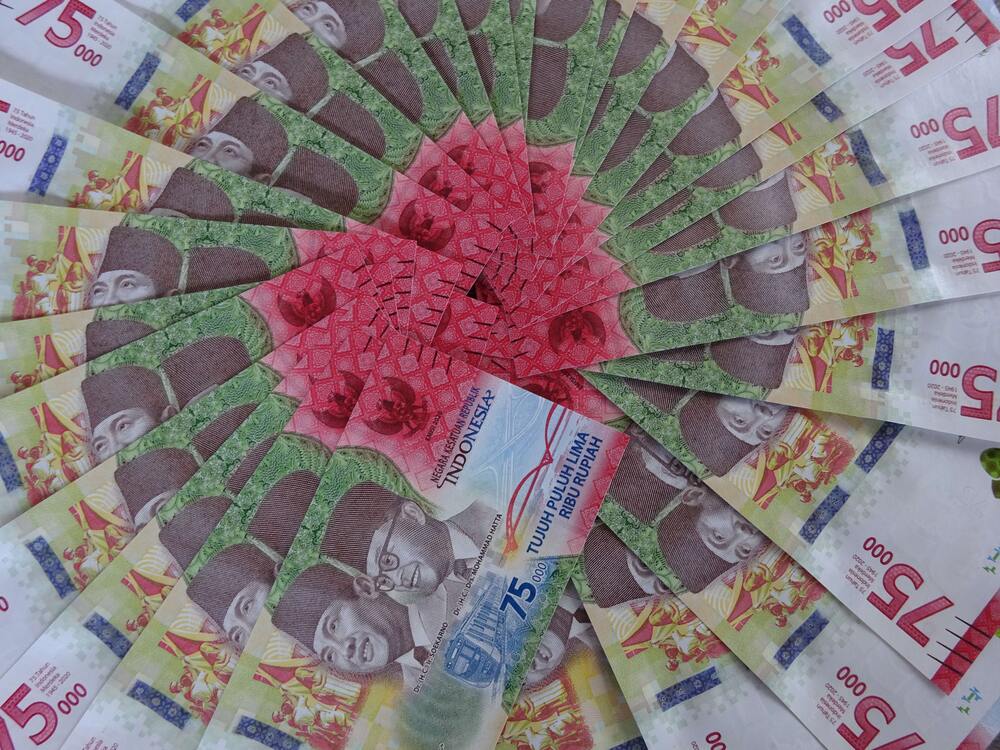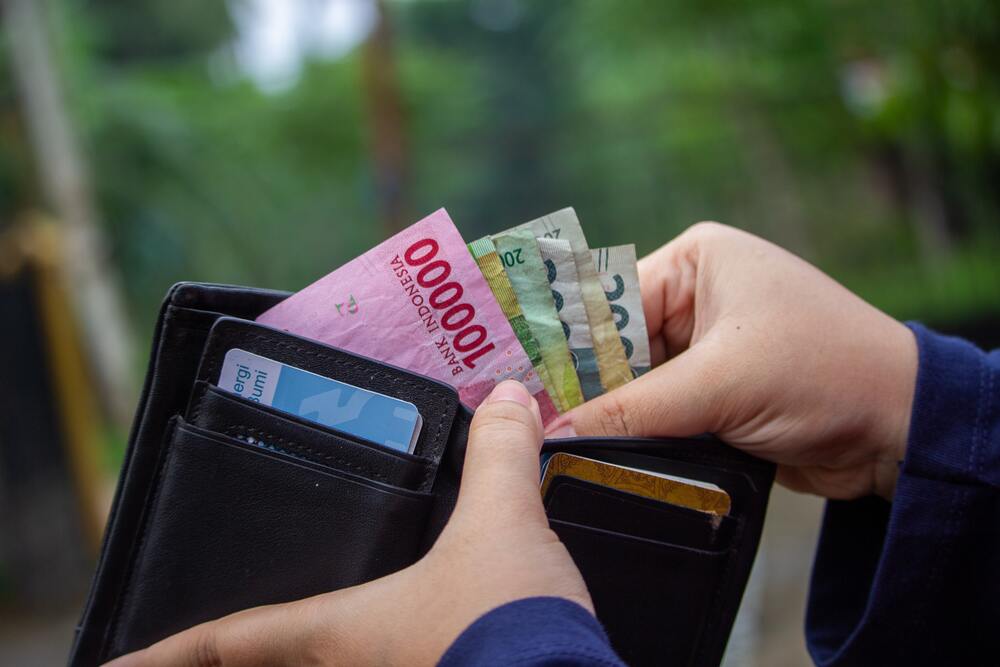BFI friends, have you ever heard of the term redenomination? Most of us are probably still not familiar with this term.
Redenomination is a government policy in simplifying currency values without changing the exchange rate. For example, Rp. 50,000 is simplified in writing to Rp. 50 without changing the exchange rate.
To make it easier for you to understand this term, let's look at the full explanation below.
1. What is Redenomination
Redenomination is the process of simplifying the currency digits that apply in a country by reducing the zeros in that currency without changing the exchange rate. For example, IDR 1,000 becomes IDR 1.
Redenomination is one of the monetary policies that can be carried out by the government or central bank to simplify the financial system and facilitate transactions. Redenomination is different from sanering, which is cutting the value of a currency which changes its purchasing power.
In Indonesia, the redenomination of the rupiah has been discoursing for a long time but has never been realized. The government and Bank Indonesia (BI) are still waiting for the right time to implement redenomination by considering several factors such as macroeconomic conditions, monetary stability, and the socio-political situation.
The rupiah redenomination policy in Indonesia is included in the list of 19 bills prioritized by the Ministry of Finance and the Indonesian Parliament which are regulated in 77/PMK.01/2020. Even so, until now there has been no development related to the deliberation of the bill regarding the simplification of the rupiah digit.
2. Example of Redenomination Implementation
Redenomination is done by subtracting several zeros from the existing currency. To make it easier for you to understand this term, consider the following example of implementing redenomination.
1. In 1965, Indonesia once carried out redenomination as a monetary measure in the form of depreciating currency values, such as IDR 1,000 to IDR 1. But unfortunately, this failed and reaped inflation everywhere because the psychological condition at that time was still not ready.
2. Zimbabwe became the next country to carry out this policy due to very severe hyperinflation so in 2006 the country decided to redenominate by removing three zeros from their currency. Furthermore, in 2008 Zimbabwe again carried out a redenomination where 10 thousand million Zimbabwean dollars were converted into 1 new Zimbabwean dollar. Unfortunately, redenomination by the government at that time was not able to overcome the existing inflation.
3. Redenomination Purposes
Every policy contained in a country is of course based on various reasons that are quite strong and in the interests of the people. Likewise with redenomination where this policy is implemented with the main objective to simplify fractions so that transactions that occur can be more efficient.
The other objectives include the following:
3.1. Simplify Calculations and Transactions
Reducing the number of digits in the nominal currency can facilitate calculations and recording so that errors in transactions can be minimized. This will benefit many parties, starting from the government, the business world, and the wider community.
3.2. Improving Administrative Efficiency
Simplifying nominal money can increase administrative efficiency in a country's finances.
3.3. Increasing Credibility and Currency Equality
By implementing this monetary policy a country can improve the image of the currency they have and strengthen their bargaining position in international trade. For example, currently, the value of $ 1 is equivalent to Rp. 15,300. If redenomination is carried out, the dollar to the rupiah exchange rate will change to IDR 15.3. These numbers certainly look simpler and easier to understand.
3.4. Improving Economic Stability
Redenominasi adalah salah satu cara yang dapat ditempuh untuk mengendalikan inflasi suatu negara. Tentunya, hal ini dibarengi dengan tindakan lainnya dapat mendukung kestabilan ekonomi suatu negara.
4. Redenomination Stages
Quoted from the umsu.ac.id website regarding redenomination, the following are the steps involved in implementing this policy in a structured manner.

Image Source: Pexels/Robert Lens
4.1. Stages of Preparation and Ratification of the Rupiah Redenomination Law
The first stage is the redenomination planning which consists of the ratification of the Redenomination Law, the plan for printing money, and the outreach to the public regarding the changes.
4.2. Transition Stage
At this stage, there will be 2 types of currency in circulation, namely the old rupiah and the new rupiah. Recording of transactions will be divided into two where traders are required to make financial records in two different currencies. Apart from that, at this stage, the community will also adapt to the existence of payments using the new rupiah.
4.3. Implementation of the New Rupiah
The last stage is the implementation of the new rupiah for all economic activities. At this stage, the old rupiah is officially no longer in use.
5. Redenomination Risk
The redenomination policy is indeed capable of bringing fresh air to a country, even so, there are a number of risks that might occur when redenomination is implemented.
5.1. Dissemination and Implementation Requires High Costs
Redenomination requires extensive and intensive socialization so that the public is not confused or misunderstood. Apart from that, the implementation of this new policy also requires a large amount of money to replace old currencies with new ones.
5.2. Economic Stability
The existence of a new policy on simplification of the rupiah has the potential to be used by rogue traders to increase the price of goods by reason of rounding up prices. If left alone it can lead to inflation.
5.3. Social and Psychological Changes
The existence of a policy of simplifying currency values can affect social and psychological changes in society, such as consumption behavior, savings, investment, and people's preferences for currency.
6. Redenomination is different from Sanering
Redenomination is different from sanering. Sanering is cutting currency values that aim to reduce people's purchasing power. This policy was implemented to overcome hyperinflation or prevent inflation from getting higher, controlling prices, and increasing the value of the currency.
Sanering occurred in Indonesia in 1959 where at that time the Rp. 500 and Rp. 1,000 denominations were reduced to Rp. 50 and Rp. 100 or in other words reduced the value of money by almost 90%.
In closing, we need to realize that redenomination does not change the purchasing power or the real economic value of the currency itself. It simply changes the nominal representation of the currency in numerical form.
Redenomination is likely to be a temporary measure and must be accompanied by further efforts to address underlying economic issues to achieve significant long-term effects.
Hopefully, the information in this article will be of use to you.
Fulfill all your financial needs with multipurpose loans at BFI Finance. Click the link below for more information regarding loans and attractive promos!
BFI Finance is a company that provides multi-purpose loans with guarantees for motorbike bpkb, car bpkb, and house or shophouse certificates
